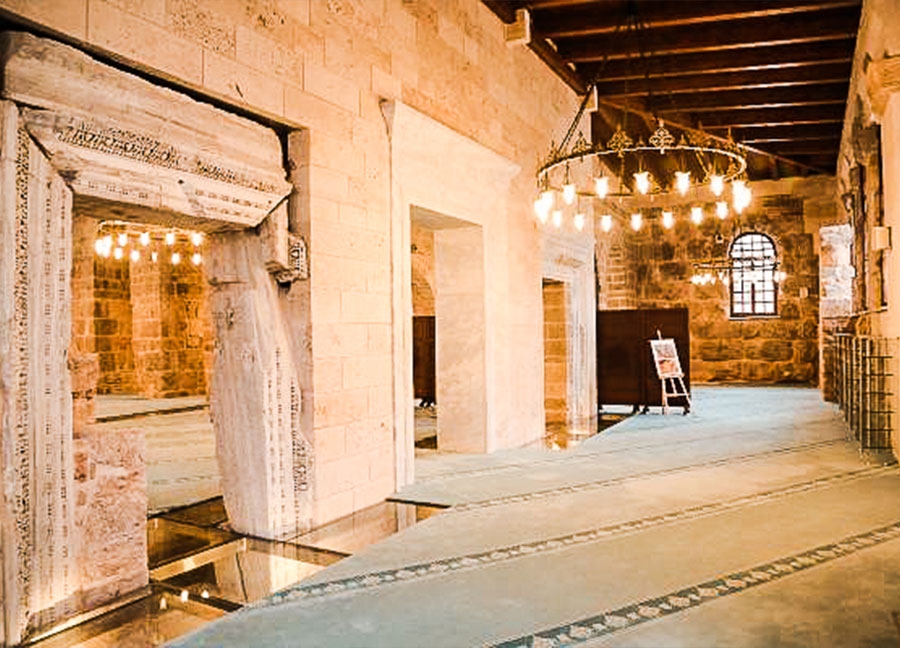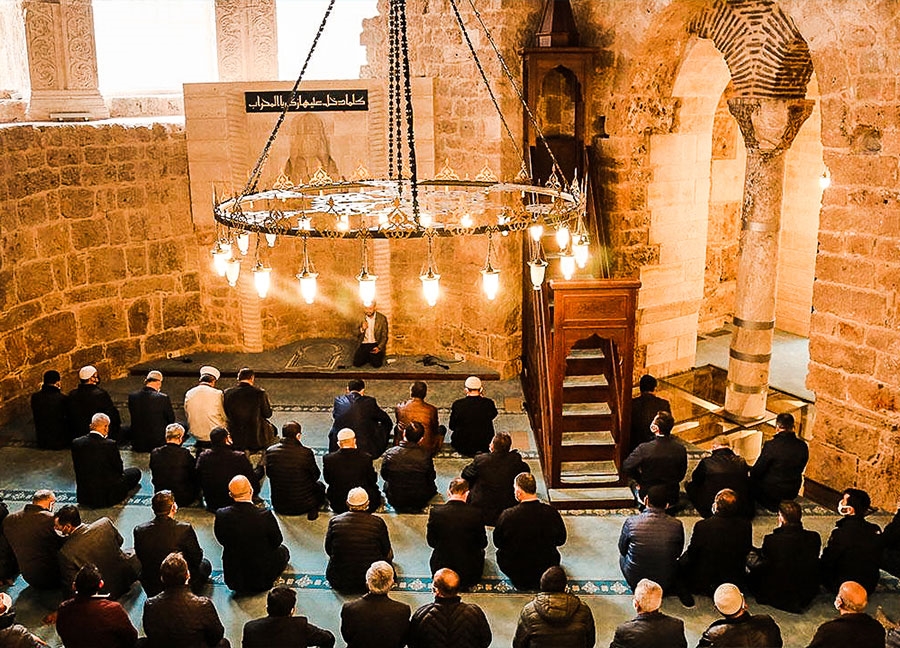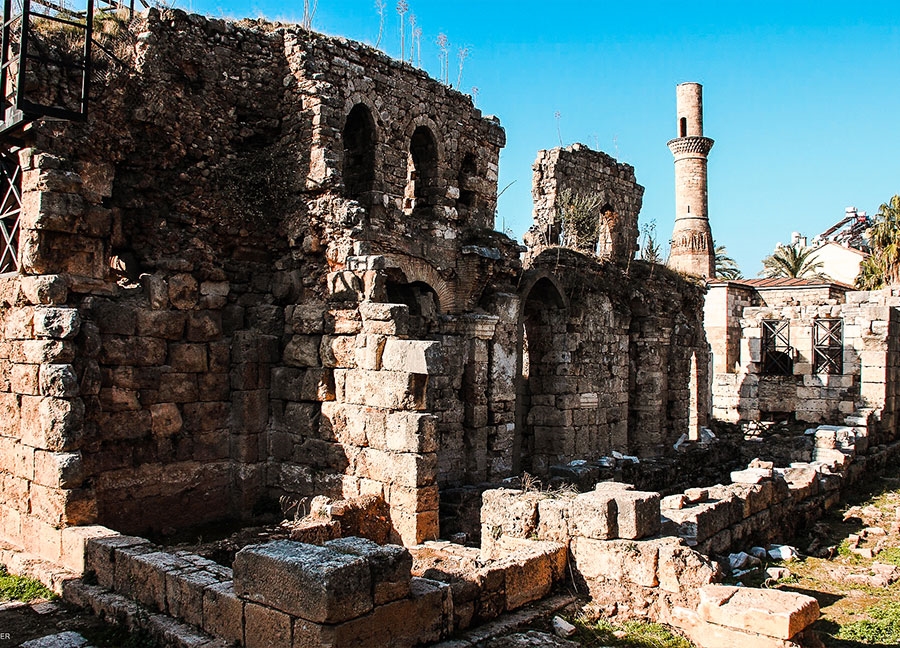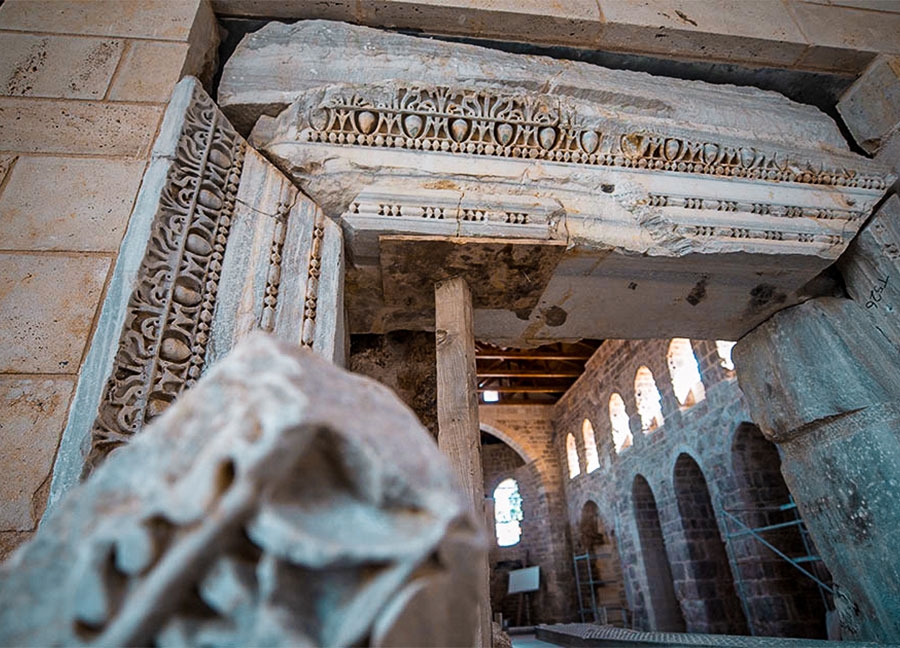Şehzade Korkut Mosque is located in Kılınçarslan Neighborhood in Kaleiçi. The building dates back to the 2nd century. It was built as a Roman temple and was converted into a church during the Byzantine Period. It is in the 5th or 6th century, with the help of the architectural parts of the temple. The building is a Panaghia Church dedicated to the Virgin Mary, which was destroyed by Arab raids in the 7th century. The building was converted into a mosque as a symbol of conquest during the Seljuk Period and its original minaret was added. It became a church again in 1361 during the occupation of Antalya by the King of Cyprus. The work was converted into a mosque by Şehzade Korkut, the son of II. Yıldırım Bayezid during the Ottoman Period is also important in terms of being the only prince's mosque in the region.
The mosque was open to worship for centuries. It was damaged due to a fire in 1896 and became unusable. Since the wooden cone of the minaret was destroyed in the fire, the mosque began to be called the "Cut Minaret" among the people after that date and became a historical symbol.
Şehzade Korkut Mosque, which was repaired from time to time, underwent a serious restoration in 1974. In 2017, work began to reopen the mosque for worship. In 2019, a wooden cone was attached to the mosque's minaret. The mosque, whose restoration process was completed by preserving its historical traces, was opened to worship again after 126 years with the first prayer performed on January 10, 2022.
Şehzade Korkut Mosque has an open-air museum in its courtyard. It is among the most valuable symbols of Antalya as a building that reflects the Ancient Age, Roman, Byzantine, Seljuk and Ottoman Periods and contains rare riches.








